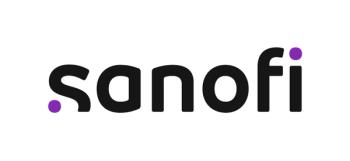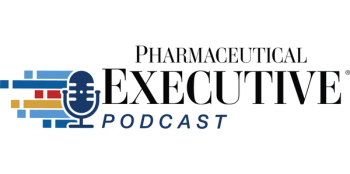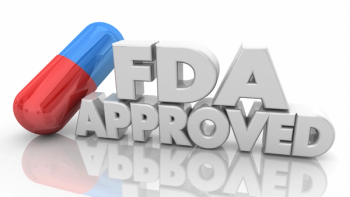
- Pharmaceutical Executive-10-01-2002
Tiered Pharmacy Benefit Plans on the Rise
In an effort to cope with soaring healthcare costs, more employers are establishing three-tier prescription drug benefit plans for workers.
In an effort to cope with soaring healthcare costs, more employers are establishing three-tier prescription drug benefit plans for workers. This year, almost 60 percent of workers with health insurance have pharmacy coverage that sets higher cost-sharing formulas for non-preferred medicines, compared with preferred products or generics. That figure is up considerably from the 36 percent of three-tiered plans in 2001 and is double the 29 percent rate in 2000. (See "More Workers Pay More.") The cost of pharmaceuticals within these tiers is also higher: brand-name therapies for which generic substitutes are available now cost consumers an average $26 co-pay per prescription, up from $20 in 2001, according to an annual survey of employer benefit plans conducted by the Kaiser Family Foundation (KFF) and the Health Research and Educational Trust (HRET). A total of 85 percent of workers now are in either two- or three-tiered plans, as more employers take steps to keep prescription drug costs under control.
More Workers Pay More
Articles in this issue
about 23 years ago
Shape Up! With 7 Steps to Company Fitnessabout 23 years ago
European Pricing Squeezeabout 23 years ago
FDA Shakes Things Upabout 23 years ago
The Patient's Lamentabout 23 years ago
Rx Coverage Affects DTC Ad Impactabout 23 years ago
Merck Stays in Strideabout 23 years ago
A Fine Lineabout 23 years ago
Under Investigationabout 23 years ago
Toward a Bigger Biotechabout 23 years ago
The Push for GenericsNewsletter
Lead with insight with the Pharmaceutical Executive newsletter, featuring strategic analysis, leadership trends, and market intelligence for biopharma decision-makers.




